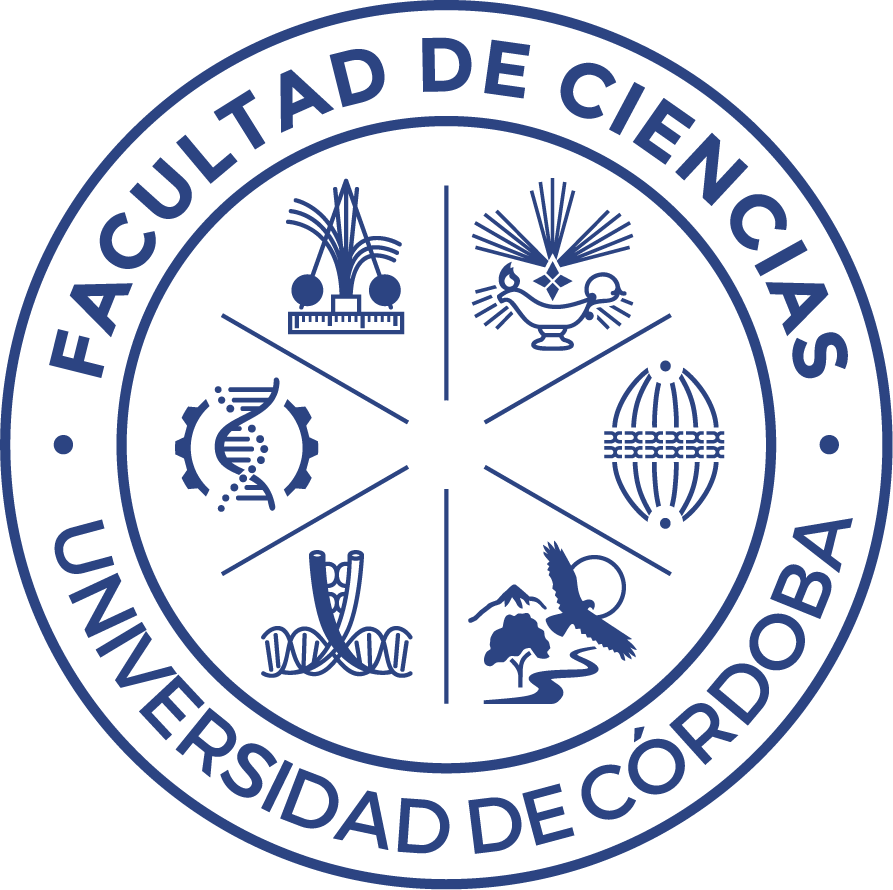/sonia-osorio.PNG) Dra. Sonia Osorio Algar
Dra. Sonia Osorio Algar
Catedrática de Bioquímica en la Universidad de Málaga (UMA)
Catedrática de Bioquímica en la Universidad de Málaga (UMA). Licenciada en Química y Doctora en Ciencias (2006). En 2012 se incorpora como investigadora independiente Ramón y Cajal en la UMA, desarrollando su investigación en el Instituto de Hortofruticultura Subtropical y Mediterránea “La Mayora”. Su investigación se centra en el estudio de los procesos moleculares implicados en calidad de fruto, obteniendo financiación europea, nacional y regional ininterrumpidamente desde 2012.
Cuenta con una gran proyección internacional destacando su papel como coordinadora de proyectos europeos. Es autora de más de 100 publicaciones en revistas de prestigio en el área, contando con un h-index de 50. Ha sido destacada por varios años consecutivos en la lista Stanford/Elsevier´s Top 2% Scientist Ranking. Cuenta, además, con el premio de investigación Margarita Salas.
16 de abril de 2024| 12:30h | Aula P11 (Aulario Averroes)
Berry crops hold a significant status both economically and nutritionally point of view. Optimal combination of sensory and bioactive characteristics constitutes its primary appeal to consumers, and also renders it a valuable raw material in the production of numerous products. Over the past few decades, there has been an increase in customer dissatisfaction regarding the declining fruit quality. Additionally, environmental alterations caused by climate change have worsen this situation, presenting new challenges in achieving high-quality fruits. The composition of berry fruit is subject to significant genotype by environment interaction (G×E), which makes phenotyping these traits a difficult task. Current challenges facing breeding strategies involve enhancing quality-related parameters alongside the development of resilient cultivars to promote food security and sustainable production. To address this issue, we analysed a diverse collection of cultivated berries by combining metabolomics-driven analysis to define specific metabolic signatures associated with consumer acceptance. Our results pave the way for the selection of high-quality cultivars and suitable production sites for berry cultivation. In this lecture, several examples of this approach will be discussed.

